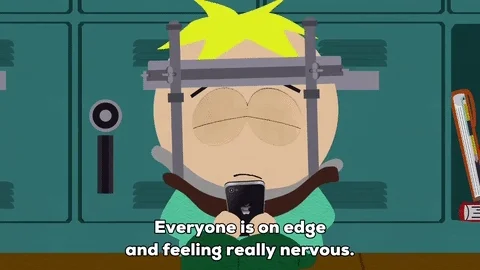
This logo isn't an ad or affiliate link. It's an organization that shares in our mission, and empowered the authors to share their insights in Byte form.
Rumie vets Bytes for compliance with our
Standards.
The organization is responsible for the completeness and reliability of the content.
Learn more
about how Rumie works with partners.
Do you want to make a difference to people with life changing injuries, while doing a job you love?
 Photo by Tom Claes on Unsplash
Photo by Tom Claes on UnsplashThen a career as an orthotist might be right for you!
What do orthotists do?

An orthotist is a medical professional who helps people who need support for body parts by making and fitting braces and splints. These support devices are called orthoses.
Examples of what an orthotist makes:
Ankle and foot braces
Knee and neck braces
Spinal braces to support the spinal cord after injury
What's the difference between an orthotist and a prosthetist?
 Photo by ThisisEngineering RAEng on Unsplash
Photo by ThisisEngineering RAEng on UnsplashA prosthetist creates artificial limbs for amputees — people who have lost an arm or a leg (limb) due to injury or disease.
Orthotists work closely with prosthetists, but they are often the same person. Watch the video below to learn more about each role.
Where do orthotists work?
Orthotists practice in a variety of medical settings such as:
Hospitals
Doctors' offices
Industrial health centers
 Photo by Tom Claes on Unsplash
Photo by Tom Claes on Unsplash
How do I become an orthotist?

Graduate from high school (obviously :-)
Get a bachelor's degree (preferably in science and maths)
Enroll in an orthotist master's degree program (you can specialize in upper or lower body)
Get accreditation by the Commission on Accreditation of Allied Health Education Programs (CAAHEP) if you want to work in the US

What skills do I need?

Empathy: making patients with injuries or illnesses feel less anxious
Patience: support can take a lot of time and effort for many patients
Detail-oriented: making sure that the devices fit demands precision
Physical stamina: bending over machinery and patients and handling heavy tools
Manual dexterity: good working hands are necessary to create complex devices
Communication skills: explaining yourself clearly to patients and colleagues to avoid mistakes or misunderstandings
Problem-solving skills: evaluating the best solutions for any given situation is key
Job outlook and pay
Quiz
This job would be good if (select all that apply)...
You'll spend a lot of time in indoor medical environments working closely with medical professionals and patients. It's also a really hands-on job that requires a lot of creativity.
Did you know?
Take Action
 Photo by Brett Jordan on Unsplash
Photo by Brett Jordan on UnsplashWhat should you do now that you want to become an orthotist?
This Byte has been authored by
Angela Mohun
Digital Learning Developer

